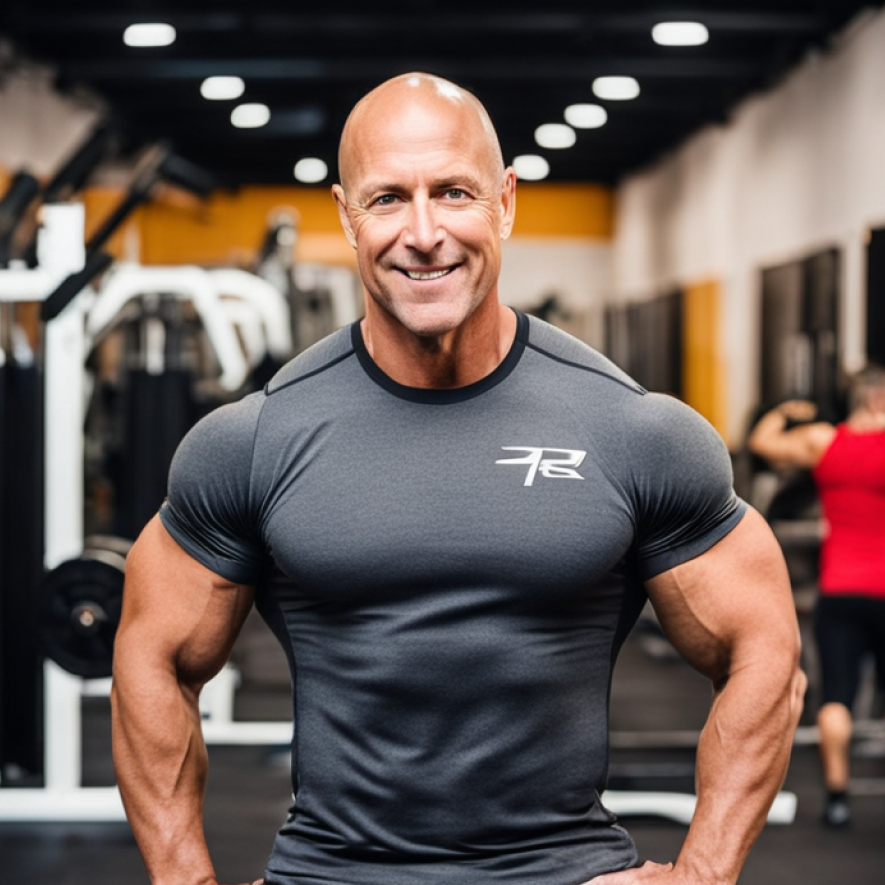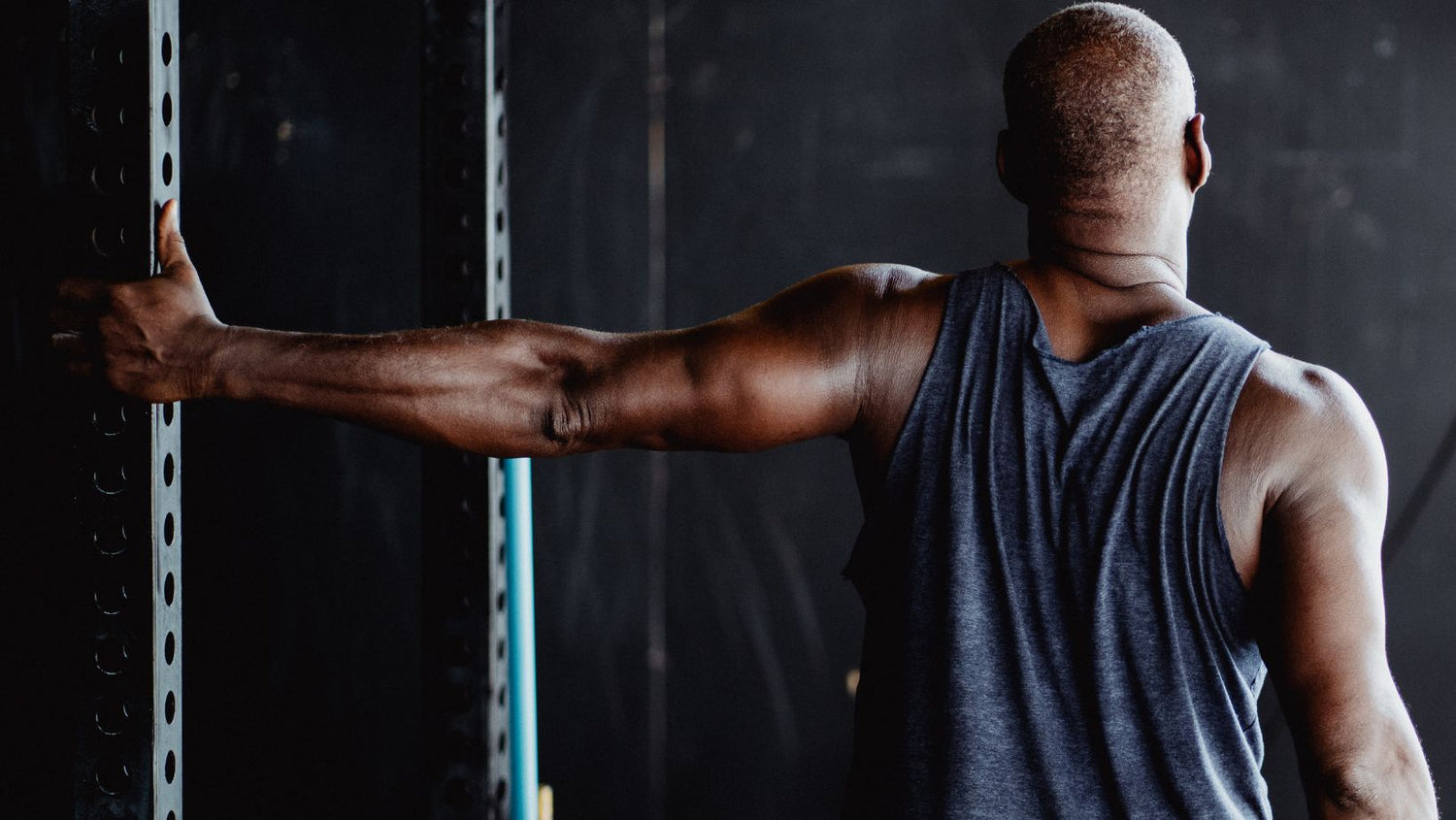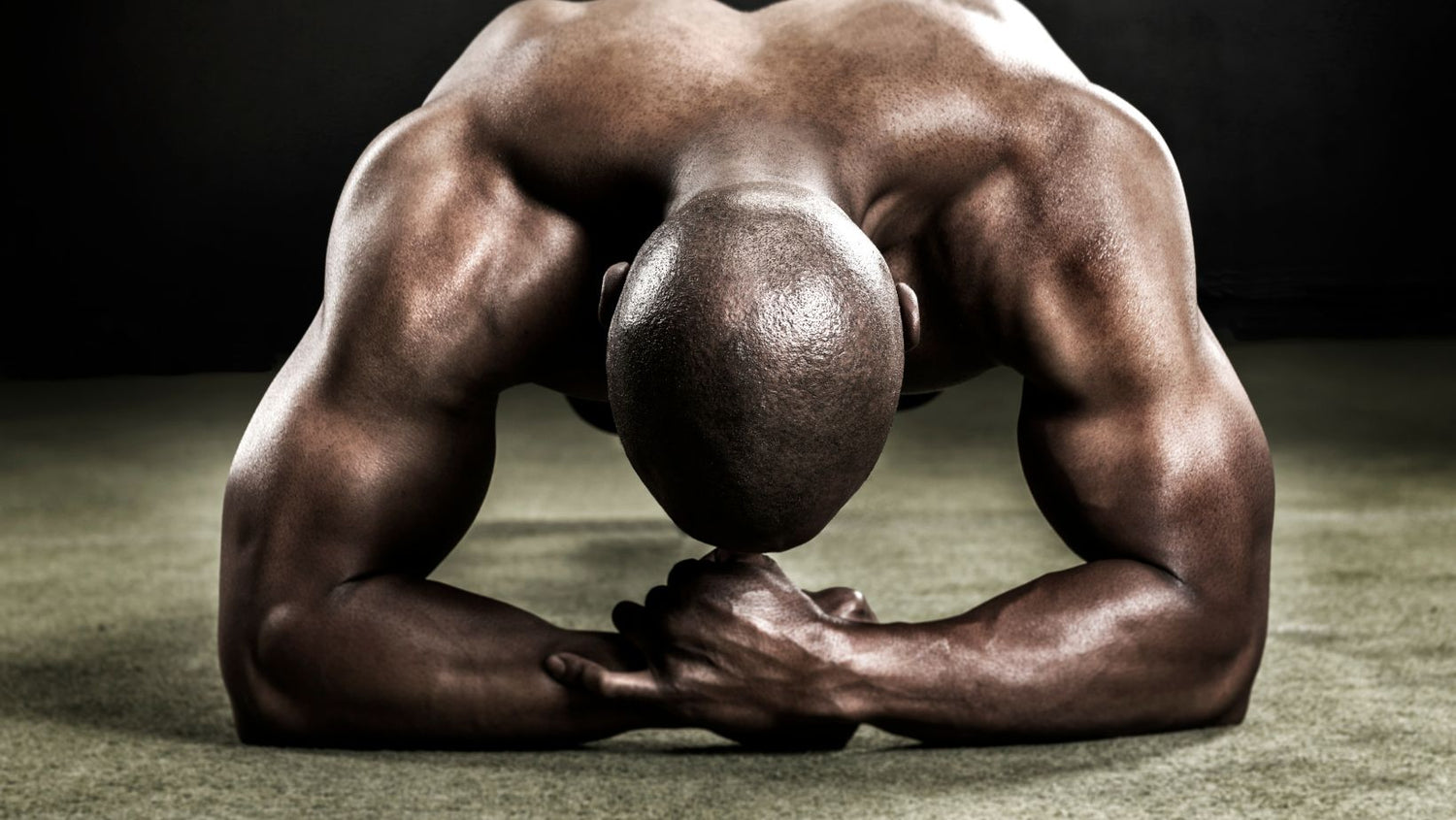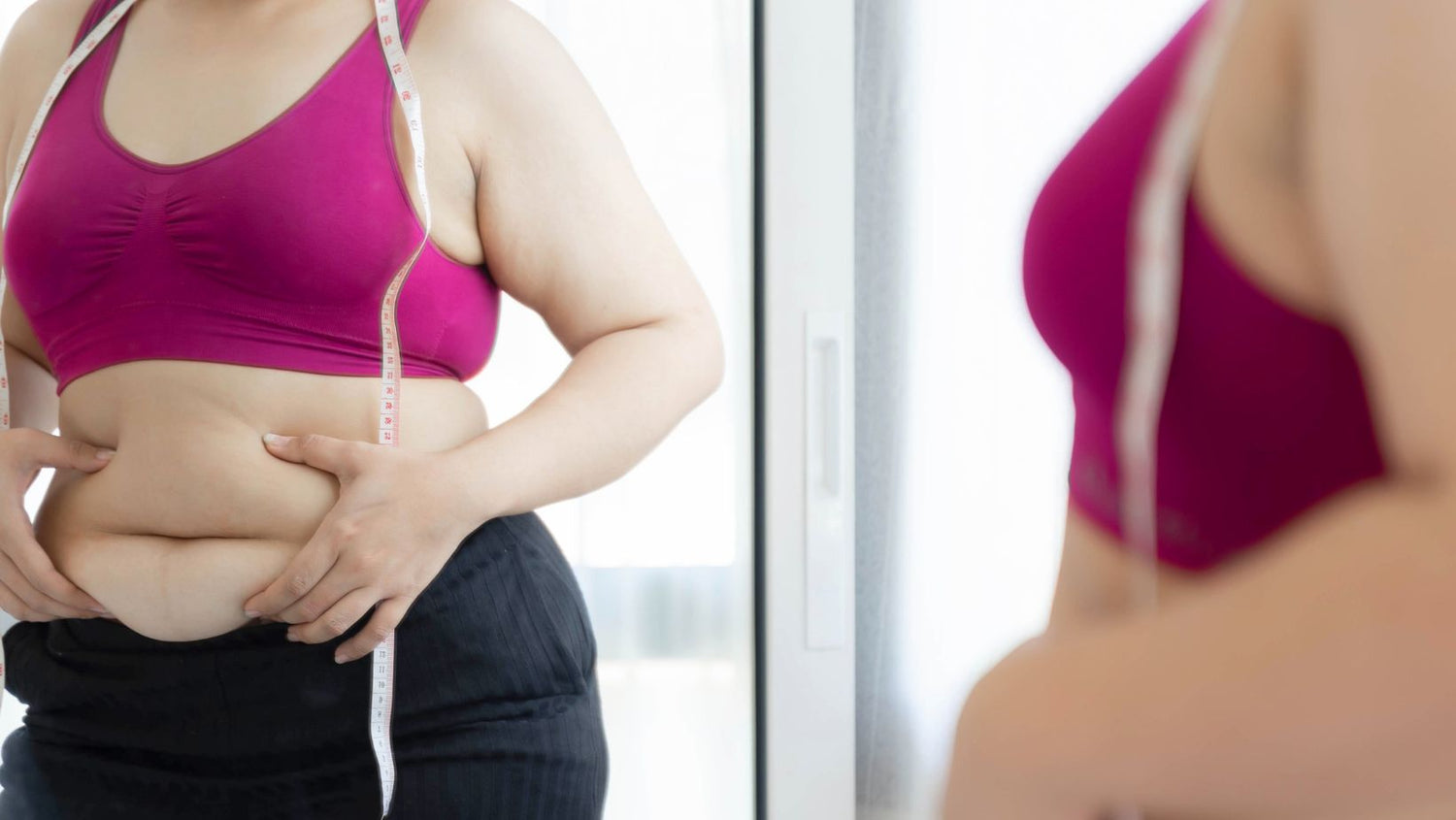If you're searching for an efficient way to target your triceps consider incorporating the dip into your workout routine. The reverse dip is a bodyweight exercise that involves raising and lowering yourself from the edge of a bench, couch or chair. It's a compound exercise that engages muscles and joints simultaneously with its focus on the triceps brachii – the large muscles at the back of your upper arms.
One of the advantages of the dip is its versatility – you can perform it anywhere and at any time as long as you have a stable surface to support your body weight. Additionally you have options to modify its difficulty level by adjusting your hand position, leg position or even adding resistance.
In this article I will provide an explanation of what the reverse dip entails, how to execute it correctly for results, the benefits it brings forth and different variations worth exploring.
What is the Reverse Dip and How Does It Work?
The reverse dip is a modified version of the dip exercise that is widely used to target the chest, shoulders and triceps. In a dip you support yourself on bars or rings and lower and raise your body by bending and straightening your elbows.
In contrast the reverse dip involves placing your hands behind you on a bench or chair while extending your legs forward. You then. Raise your body by bending and extending your elbows making sure to keep your back close to the bench or chair.
During the dip your triceps muscles experience tension as they contract and relax to move your body. The triceps consist of three heads; the head, lateral head and medial head. Although all three heads are engaged during this exercise, particular emphasis is placed on the head as it plays a role in extending your arm behind you.
Additionally while performing dips several other upper body muscles are also targeted such as;
- The chest muscles, the pectoralis minor, play a vital role, in providing stability to your shoulders and aiding in the extension of your elbows.
- The deltoids, which are responsible for stabilizing your shoulders and aiding in elbow extension play a role in these movements.
- The latissimus dorsi, commonly referred to as the back muscles play a role, in shoulder stability and aid, in extending the elbow.
- The core (rectus abdominis, obliques, transverse abdominis), which helps stabilize your spine and pelvis
- The forearms (flexors and extensors), which help grip the bench or chair and control your wrist movement
How to Do the Reverse Dip Properly: Step-by-Step Instructions
To execute the dip correctly it is essential to adhere to the following instructions;
Step 1: Look for a surface that can bear your weight like a bench, couch, chair or table. Ensure it's at a height to let you lower yourself without coming into contact with the floor.
Step 2: Sit at the edge of the surface. Position your hands behind you resting them on either side of your hips. Make sure your fingers are pointing forward or slightly angled outward. Keep your arms straight and fully extended ensuring they are locked out.
Step 3: Take a seat at the edge of the surface. Extend your legs out in front of you ensuring that your heels are on the ground and your toes are pointing upwards. Make sure your body is in a line from head to heels.
Step 4: Take a breath. Gently bend your elbows bringing your body closer to the ground. Be sure to keep your elbows by your sides avoiding any flaring. Gradually lower yourself until your upper arms are either parallel to the floor or slightly below it.
Step 5: Take a breath. Straighten your arms to push yourself back up to the initial position. Make sure to contract your triceps when you reach the point of the motion and avoid fully extending your elbows.
Step 6: Do repetitions as you can while maintaining proper form.
Benefits of Doing Reverse Dips
Incorporating reverse dips into your workout routine can provide advantages for your fitness and well being. Some of these benefits include;
- Developing triceps and building muscle, in your body
- Enhancing your ability to perform pushing movements in exercises such as push ups, bench press or overhead press.
- Enhancing your shoulder mobility and stability
- Increasing your calorie burn and metabolism
- Tips, for enhancing your posture and avoiding discomfort in your back region
- Boosting your confidence and self-esteem
Tips and Techniques for Doing Reverse Dips Effectively
To maximize the benefits of dips and prevent any injuries it's important to remember these helpful tips and techniques;
- Make sure to warm up before attempting reverse dips. Begin by doing some stretches and mobility exercises for your shoulders, elbows and wrists. Additionally performing a set of push ups or standard dips can help activate your muscles and joints.
- Make sure to maintain a line with your body during the movement. Avoid letting your hips sag or your lower back arch. Engage your core muscles. Tighten your glutes to keep a spine and pelvis.
- Make sure to maintain a neutral position, with your head aligned with your torso. Avoid looking downwards. Instead concentrate on a spot on the floor, in front of you or slightly ahead.
- Ensure that your shoulders are positioned downwards and pushed back avoiding any tendency to shrug or hunch forward. Instead draw your shoulder blades towards each other and downward creating a foundation for your arms.
- Make sure to keep your elbows tucked in close to your body. Avoid letting them stick out or push forward. Imagine as if you're trying to hold a pencil between your elbows while you lower and raise your body.
- Maintain a controlled pace during the movement. Avoid any jerky movements of your body. Lower yourself in a smooth manner. Generate power and force as you push yourself back up. Take a pause at both the bottom and top positions of the movement to remove any momentum and create tension.
- Remember to focus on your breathing as you perform the movement. Take a breath in as you lower yourself and exhale as you push yourself up. Avoid holding your breath or breathing quickly. Keep a rhythmic breathing pattern to ensure that your muscles receive oxygen and to prevent feeling tired too quickly.
- Take it slow and steady prioritizing safety. Avoid the temptation to push yourself hard with repetitions or sets all at once. Begin with a number of reps and sets gradually increasing them as you build strength and become more accustomed to the exercise. If you want to challenge yourself experiment, with hand or leg positions or consider incorporating additional resistance.
Variations and Alternatives for Reverse Dips
Looking to add some pizzazz to your reverse dips or mix things up a bit? Here are a few ideas and options you can experiment with;
- Reverse Dip with Elevated Feet: To add difficulty, to the exercise you can raise your feet onto a bench, chair or table. By doing this it will put strain on your triceps and requires more effort from you to lift your body.
- Reverse Dip with Bent Knees: To make the exercise less challenging you can slightly bend your knees, and rest your feet on the floor. This will decrease the strain on your triceps and help you lift your body with ease.
- Reverse Dip with Weighted Vest: To add difficulty to the exercise you may consider donning a vest, with weights or carrying a backpack filled with books or water bottles. This will intensify the strain on your triceps and provide them with a greater challenge.
- Reverse Dip with Resistance Band: If you want to increase the difficulty you can place a resistance band behind your back. Grip it with your hands. This will add resistance to your triceps as you lower. Lift your body.
- Reverse Dip with Single Leg: To increase the difficulty of the exercise you have the option to raise one leg off the ground while keeping it either straight or bent, in front of you. By doing you will introduce instability thereby requiring your core muscles to work harder and engage more effectively.
- Reverse Grip Bench Press: To target your triceps using a different variation of an exercise you may try incorporating the reverse grip bench press. Start by lying on a bench and gripping the barbell, with your palms facing positioned above your chest. Lower the barbell towards your chest. Then push it back up ensuring that your elbows remain close to your body throughout the movement.
- Skull Crusher: To target your triceps using an exercise you can try performing the skull crusher. Start by lying on a bench and holding either a pair of dumbbells or an EZ bar, above your head with your palms facing. Next bend your elbows. Lower the dumbbells or bar, behind your head. Once you've reached a 90 degree position extend your elbows to raise the dumbbells or bar back up to the starting position.
Conclusion
The reverse dip is an exercise for toning your triceps and upper body muscles. It's a workout that can be done anywhere long as you have a solid surface to support yourself. You can make the exercise more challenging, by adjusting your hand and leg positions. By adding resistance. To perform the dip correctly follow these steps;
- Make sure you locate a secure surface that can handle your weight. This could be a bench, couch, chair or even a table.
- Sit at the edge of the surface. Position your hands behind you resting them on each side of your hips. Make sure your fingers are pointing forward or slightly angled outward. Keep your arms straight and fully extended, locking them in position.
- Take a seat at the edge of the surface. Extend your legs in front of you ensuring that your heels remain on the floor. Lift your toes upwards to create a line, from your head to heels.
- Take a breath. Gently bend your elbows bringing your body closer to the ground. Make sure to keep your elbows tucked in by your sides and avoid letting them move outward. Gradually lower yourself until your upper arms are either parallel to the floor or below it.
- Take a breath. Straighten your arms to push yourself back up to the initial position. Make sure to contract your triceps when you reach the peak of the motion and avoid extending your elbows.
- Perform the exercise, for repetitions as you are able to maintain proper form.
Performing dips can provide advantages for your overall fitness and well being including;
- Developing muscle mass and enhancing strength, in your triceps as other muscles, in your upper body.
- To enhance your ability to push during exercises such as push ups, bench press or overhead press.
- Enhancing your shoulder mobility and stability
- Increasing your calorie burn and metabolism
- Tips for enhancing your posture and avoiding discomfort in your back.
- Boosting your confidence and self-esteem
To maximize the benefits of dips and prevent any injuries it's important to remember these helpful tips and techniques;
- Make sure to prepare yourself before attempting reverse dips. Begin by doing some stretches and mobility exercises for your shoulders, elbows and wrists. Additionally it's an idea to perform a light set of push ups or standard dips to warm up your muscles and joints.
- Ensure that your body maintains a line throughout the movement. Avoid allowing your hips to sag or your lower back to arch. Engage your core muscles. Contract your glutes in order to keep a spine and pelvis.
- Make sure to keep your head in a position aligned with your torso. Avoid looking downwards. Instead concentrate on fixing your gaze on a spot, on the floor, in front of you or slightly ahead.
- Ensure that your shoulders remain relaxed and in a position avoiding any shrugging or rounding forward. Instead focus on pulling your shoulder blades down as this will provide a foundation for your arms.
- Make sure to keep your elbows tucked in by your sides. Avoid letting them stick out or move forward. Visualize as if you're attempting to squeeze a pencil, between your elbows while you lower and raise your body.
- Maintain control over the pace of your movements. Avoid any jerky motions. Descend gradually and smoothly then exert power and force to lift yourself up. Take a pause at both the bottom and top of each movement to reduce any momentum and intensify the tension.
- Make sure to breathe while performing the movement. Inhale as you lower yourself and exhale as you push yourself up. Avoid holding your breath or breathing rapidly. Take breaths to provide oxygen to your muscles and avoid getting tired.
- Take it slow and steady. Avoid the temptation to push yourself hard with repetitions or sets right away. Begin with a few reps and sets then gradually increase them as you build strength and confidence in the exercise. To make the workout more challenging consider adjusting your hand or leg positions or adding resistance.
If you're looking to add some flavor to your dips or experiment with ideas here are a few suggestions and options you can consider;
- Reverse Dip with Elevated Feet: To add difficulty, to the exercise you can raise your feet on another bench, chair or table. This will create resistance for your triceps. Require extra effort to lift your body.
- Reverse Dip with Bent Knees: To make the exercise more manageable you can slightly bend your knees. Rest your feet flat, on the floor. This will lessen the strain on your triceps. Make it less challenging to lift your body.
- Reverse Dip with Weighted Vest: To add a challenge you have the option to wear a vest, with weights or carry a backpack containing books or water bottles. This will place strain on your triceps making the exercise more demanding for them.
- Reverse Dip with Resistance Band: To increase the difficulty you can use a resistance band by placing it around your back and gripping it with your hands. This will add resistance to your triceps as you lower. Lift your body.
- Reverse Dip with Single Leg: To increase the difficulty you can try lifting one leg off the ground while keeping it either straight or bent, in front of you. This will introduce instability into the exercise. Require your core muscles to work harder.
- Reverse Grip Bench Press: If you want to target your triceps in a way try incorporating the reverse grip bench press into your workout routine. To perform this exercise lie down on a bench. Grasp the barbell, with a grip positioning it just above your chest. Lower the barbell towards your chest. Then push it up while ensuring that you keep your elbows close to your body throughout the movement.
- Skull Crusher: For an alternative triceps exercise you can try out the skull crusher. Start by lying on a bench and gripping a pair of dumbbells or an EZ bar, above your head, with your palms facing. From there bend your elbows to lower the dumbbells or bar behind your head then straighten your elbows to raise them up to the starting position.






